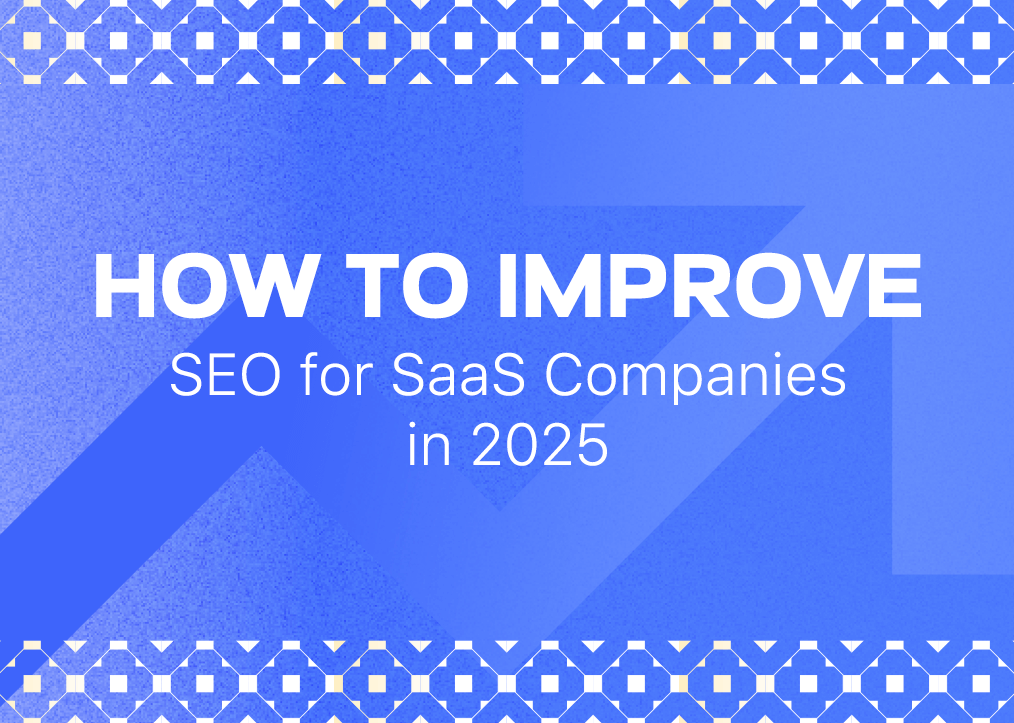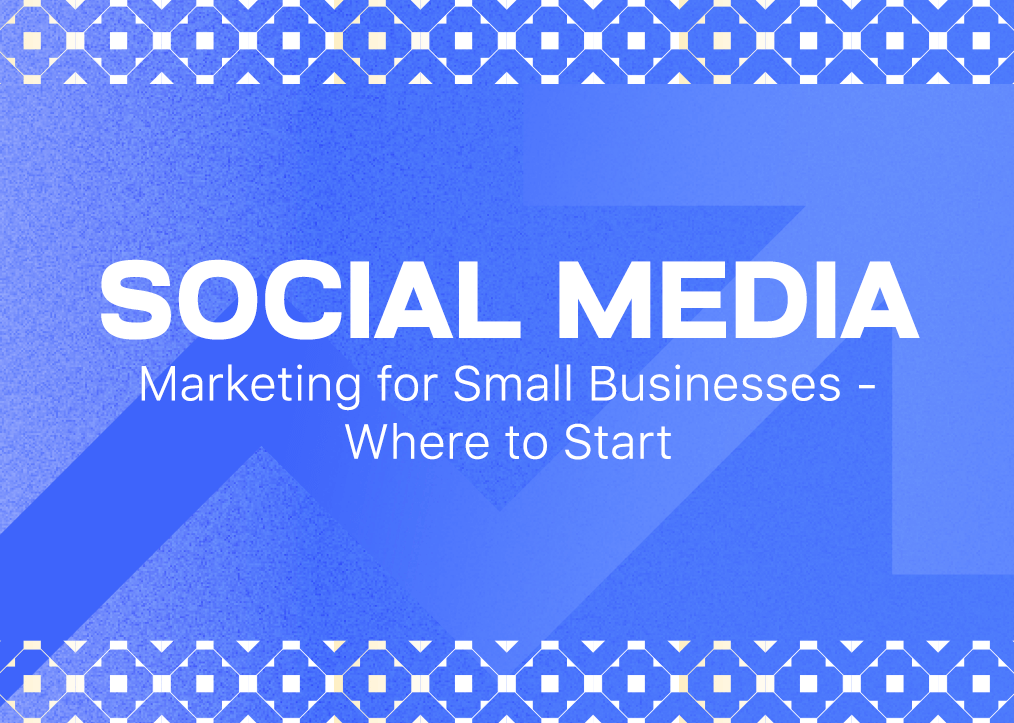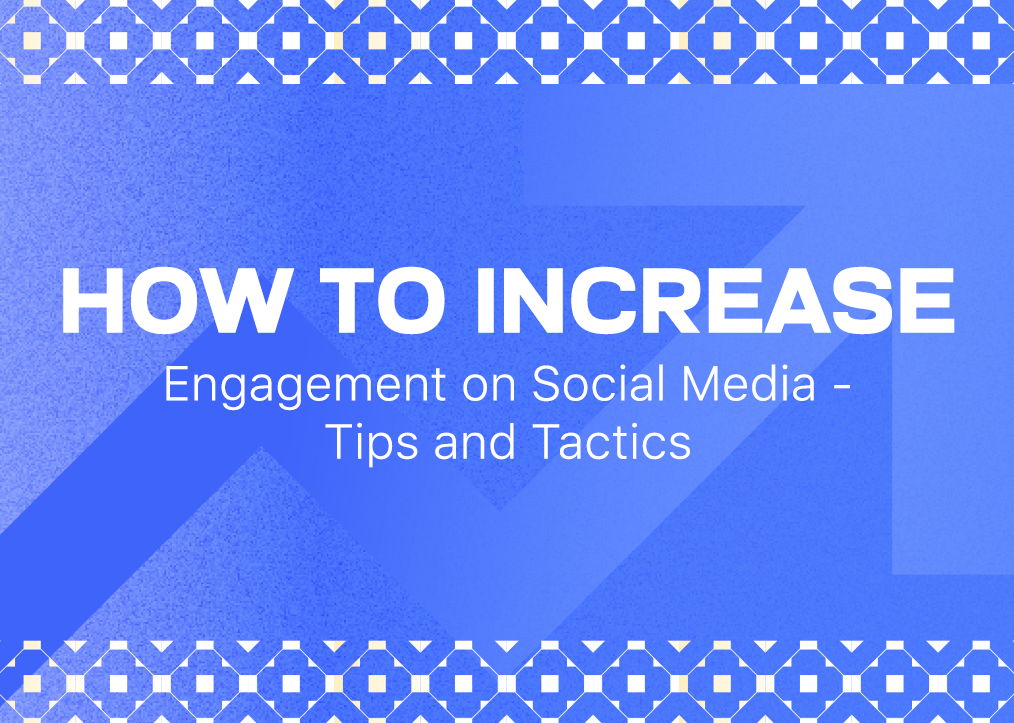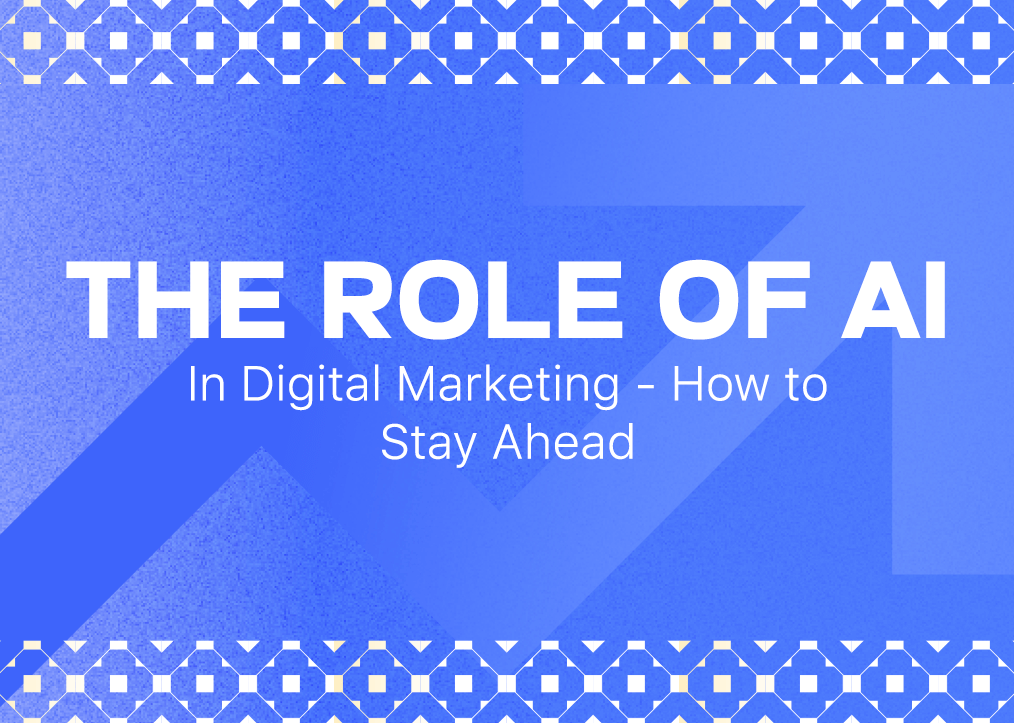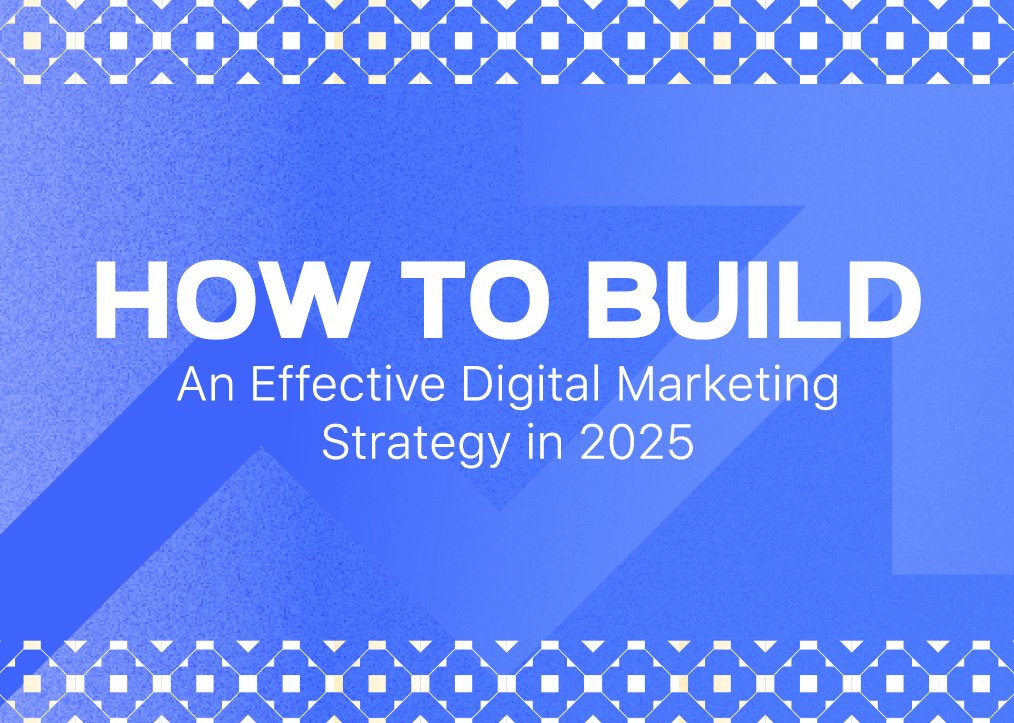Software companies face unique challenges when it comes to search engine optimization. Unlike traditional businesses, SaaS companies need to attract visitors who are actively comparing solutions, understanding complex features, and making purchasing decisions that often involve multiple stakeholders. Your potential customers aren’t just looking for information—they’re evaluating whether your software can solve their specific problems. That’s why it’s essential to understand how to improve SEO for SaaS companies in a way that aligns with the customer journey—from awareness to decision-making.
The good news? SEO remains one of the most effective ways to generate consistent, high-quality leads for SaaS businesses. Companies like Slack, HubSpot, and Zoom have built massive organic traffic engines that drive millions of visitors and thousands of trials every month. The secret isn’t just good content—it’s understanding how to create an SEO strategy that aligns with how people actually discover and evaluate software solutions.
The Hidden Psychology Behind Every SaaS Purchase Decision
Before jumping into tactics, you need to understand how your potential customers search for solutions. The typical SaaS buyer journey involves several distinct phases, each with different search behaviors and intent levels.
Problem Recognition Phase: People start by searching for symptoms of their problem. They might search for “team communication issues” or “project management challenges” rather than specific software names. These searches represent huge opportunities because there’s less competition than product-specific keywords.
Solution Exploration Phase: Once they’ve identified their problem, they begin exploring available solutions. Searches evolve to include terms like “best project management software” or “team communication tools comparison.” This is where educational content and comparison guides become valuable.
Vendor Evaluation Phase: Finally, they narrow down to specific vendors and search for detailed product information, pricing, reviews, and comparisons. These searches often include brand names and specific feature queries.
Each phase requires different content approaches and keyword strategies. The most successful SaaS companies create content that captures attention at all three stages, guiding visitors through the complete journey from problem recognition to trial signup.
Building Your B2B SEO Strategy Foundation
Creating an effective b2b seo strategy starts with understanding your unique value proposition and target audience. SaaS companies often make the mistake of focusing too heavily on product features instead of the problems they solve.
Start by identifying your core customer segments and their pain points. A CRM company might target sales managers struggling with lead tracking, marketing teams needing better attribution, or executives wanting better sales forecasting. Each segment has different languages, concerns, and search patterns.
Map out the specific keywords each segment uses during their buying journey. Sales managers might search for “CRM for small teams,” while executives look for “sales forecasting software ROI.” This segmentation helps you create more targeted content that ranks better and converts higher.
Your saas seo strategy should also account for the competitive landscape. B2B software categories are often crowded, with established players holding top rankings for obvious keywords. Look for gaps in their content coverage, underserved segments, or emerging trends they haven’t addressed yet.
Technical SEO Fundamentals for SaaS
Technical performance forms the backbone of any successful SEO strategy for SaaS companies. Search engines need to crawl, understand, and index your content efficiently. For SaaS websites, this becomes even more critical because you’re often dealing with complex product pages, pricing tiers, and user-generated content. Understanding how to improve SEO for SaaS companies means ensuring that your technical foundation—like site speed, mobile responsiveness, structured data, and clean URL architecture—is solid and optimized for both users and search engines.
Site Speed and Performance
SaaS websites are heavy with product demos, interactive elements, and tracking scripts. Slow loading times hurt both search rankings and user experience. Optimize images, minimize JavaScript, and use content delivery networks to ensure fast loading across all devices.
Mobile Optimization
Over 60% of B2B searches now happen on mobile devices. Your pricing pages, product descriptions, and signup forms must work flawlessly on smartphones and tablets. Test your critical conversion paths regularly to ensure mobile users can complete desired actions.
URL Structure
Create clean, descriptive URLs that include relevant keywords. Instead of “/product/dashboard/analytics/v2”, use “/analytics-dashboard” or “/sales-analytics-software.” This helps both search engines and users understand page content.
Schema Markup
Implement structured data to help search engines understand your content better. For SaaS companies, this might include software application schema, pricing information, and review markup. Rich snippets can significantly improve click-through rates from search results.
Site Architecture
Organize your content in a logical hierarchy that makes sense to both users and search engines. Create clear navigation paths from general topics to specific product information. Use internal linking to connect related content and distribute page authority throughout your site.
Content Strategy That Converts
Content remains the most important element of successful seo for saas companies. But creating content that both ranks well and drives business results requires strategic thinking beyond just keyword optimization.
Problem-Focused Content: Start with content that addresses specific problems your target audience faces. Instead of “10 Features of Our CRM,” create “How to Reduce Sales Cycle Length by 30%.” This approach attracts people actively looking for solutions and positions your product as the answer.
Comparison and Alternative Content: People evaluating software often search for comparisons between different solutions. Create honest, detailed comparisons that highlight your strengths while acknowledging where competitors might be better fits for certain use cases. This builds trust and captures high-intent search traffic.
Use Case and Industry Content: Develop content around specific use cases and industries. A project management tool might create separate content for construction companies, marketing agencies, and software development teams. This allows you to rank for more specific, less competitive keywords while speaking directly to each segment’s needs.
Educational Resource Libraries: Build comprehensive resource libraries around topics relevant to your audience. This might include templates, calculators, guides, and tools that provide immediate value. These resources naturally attract backlinks and social shares while establishing your expertise.
Customer Success Stories: Case studies and success stories serve multiple SEO purposes. They naturally include industry-specific keywords, provide unique content search engines love, and build trust with potential customers. Focus on measurable results and specific outcomes rather than generic testimonials.
Advanced Keyword Research for SaaS
Effective keyword research for SaaS companies goes beyond basic search volume and competition metrics. You need to understand the business value and conversion potential of different keyword types.
Feature vs. Benefit Keywords
Feature keywords like “API integration” or “real-time reporting” often have lower search volume but higher conversion rates. Benefit keywords like “increase team productivity” have higher volume but may convert less directly. Balance both types in your strategy.
Job-to-be-Done Keywords
Think about what jobs customers are hiring your software to do. Someone searching for “automate invoice processing” might be a perfect fit for your accounting software, even if they’ve never heard of your product category.
Competitor Analysis
Study what keywords your competitors rank for, but don’t just copy their strategy. Look for gaps in their content coverage or opportunities to create better, more comprehensive resources on the same topics.
Long-tail Opportunities
SaaS companies often find success with longer, more specific keyword phrases. “Best CRM for real estate agents under $50/month” might have lower search volume than “CRM software,” but it indicates much higher purchase intent.
Seasonal and Trending Keywords
Monitor industry trends and seasonal patterns. Many B2B purchases happen during specific times of the year, and new technologies or regulations can create keyword opportunities.
Link Building Strategies That Work
Building authority through backlinks remains crucial for SaaS SEO success. However, the approach needs to be more sophisticated than traditional link-building tactics.
Resource-Based Link Building
Create valuable resources that naturally attract links from industry publications, blogs, and educational sites. This might include industry reports, comprehensive guides, or free tools that solve common problems.
Partnership and Integration Links
Leverage your business relationships for link building opportunities. Partners, integrations, and suppliers often provide natural link opportunities that are both valuable and relevant to your audience.
Thought Leadership Content
Publish original research, industry insights, and thought leadership content that journalists and bloggers want to reference. This approach builds both links and brand authority simultaneously.
Community Engagement
Participate actively in industry communities, forums, and social media groups. While these may not provide direct links, they help build relationships that can lead to linking opportunities and increase brand awareness.
Digital PR
Develop newsworthy stories around your company, customers, or industry insights. Product launches, funding announcements, major customer wins, or industry research can generate coverage and links from relevant publications.
Measuring and Optimizing Your Results
Success in SaaS SEO requires tracking metrics that align with business objectives, not just vanity metrics like traffic volume or keyword rankings.
Revenue Attribution: Track how organic search contributes to actual revenue, not just trials or signups. Use tools like Google Analytics 4 or dedicated attribution platforms to follow the complete customer journey from search to purchase.
Customer Lifetime Value: Measure the quality of organic traffic by tracking the lifetime value of customers acquired through SEO. This helps you understand which keywords and content types drive the most valuable visitors.
Conversion Funnel Analysis: Analyze how organic visitors move through your conversion funnel. Identify which pages are most effective at driving trial signups, and which content types are best at nurturing leads toward purchase decisions.
Competitive Intelligence: Monitor your competitors’ SEO performance regularly. Track their keyword rankings, content strategies, and backlink profiles to identify opportunities and threats.
Content Performance: Measure which content types drive the best results for your business. Track metrics like time on page, pages per session, and conversion rates to understand what resonates with your audience.
Advanced SaaS SEO Tactics
As your SEO program matures, consider these advanced strategies to maintain a competitive advantage and continue growth.
- Programmatic SEO: Use your product data to create thousands of optimized pages automatically. This might include location-specific pages, integration pages, or use-case specific landing pages that target long-tail keywords at scale.
- Voice Search Optimization: Optimize for voice search by focusing on conversational keywords and question-based queries. Create FAQ sections that directly answer common questions in natural language.
- Video SEO: Incorporate video content into your SEO strategy. Product demos, customer testimonials, and educational content can rank in both regular search results and video search results, increasing your visibility.
- International SEO: If you serve global markets, develop international SEO strategies that account for different languages, currencies, and local search behaviors. This includes proper hreflang implementation and culturally relevant content.
- Featured Snippet Optimization: Target featured snippets by creating content that directly answers common questions in your industry. Structure your content with clear headings, bullet points, and concise answers that Google can easily extract.
Common SaaS SEO Mistakes to Avoid
Learning from common mistakes can save you time and resources while accelerating your SEO success.
Over-Optimizing Product Pages: While product pages are important, don’t make them your primary SEO focus. Educational content typically performs better for organic search and provides more value to potential customers.
Ignoring the Free Trial Experience: Your SEO efforts should extend beyond just driving traffic. Ensure your free trial experience is optimized for success, as this directly impacts the ROI of your SEO investments.
Neglecting Customer Success Content: Many SaaS companies focus on acquiring new customers but ignore opportunities to help existing customers succeed. Customer success content can rank well and reduce churn while attracting new prospects.
Focusing Only on High-Volume Keywords: While popular keywords are attractive, they’re often extremely competitive and may not drive qualified traffic. Balance high-volume targets with more specific, lower-volume keywords that indicate stronger purchase intent.
Inconsistent Content Publishing: SEO success requires consistent effort over time. Sporadic content publishing or abandoned blog sections hurt your search performance and waste previous investments.
The Future of SaaS SEO
Understanding emerging trends helps you prepare for future opportunities and challenges in SaaS SEO.
AI-Powered Search
As search engines become more sophisticated, they’re better at understanding user intent and context. This means creating truly helpful, comprehensive content becomes even more important than keyword optimization.
Experience-Based Ranking
Search engines increasingly consider user experience signals when ranking pages. This includes factors like Core Web Vitals, mobile usability, and overall site performance.
Entity-Based SEO
Search engines are moving toward understanding entities (people, places, things) rather than just keywords. Build topic authority around relevant entities in your industry.
Privacy-First Analytics
With increasing privacy regulations, tracking and attribution become more challenging. Focus on first-party data and direct measurement of SEO impact on business outcomes.
Integration with Other Channels
SEO works best when integrated with other marketing channels. Coordinate your SEO efforts with content marketing, paid advertising, and social media for maximum impact.
Implementing Your SaaS SEO Strategy Plan
Creating a comprehensive seo strategy plan requires careful planning and prioritization. Start with foundational elements before moving to advanced tactics. The most successful SaaS companies follow a structured approach that builds momentum over time rather than trying to do everything at once.
Phase 1: Foundation (Months 1-3)
The foundation phase focuses on getting your technical house in order and establishing your core content pillars. This isn’t the most exciting work, but it’s absolutely critical for long-term success. During this phase, you’ll audit your current site performance, identify technical issues, and create a solid base for all future SEO efforts.
Start with a comprehensive technical SEO audit using tools like Screaming Frog or SEMrush. Fix critical issues like broken links, duplicate content, missing meta tags, and slow page load times.
Ensure your site is properly structured with clear navigation and internal linking that helps both users and search engines understand your content hierarchy.
Conduct initial keyword research focusing on your primary product categories and core value propositions. Don’t try to target every possible keyword yet—focus on the terms your ideal customers actually use when describing their problems.
Create cornerstone content pieces that thoroughly address these main topics and serve as the foundation for your content strategy.
Phase 2: Content Development (Months 4-9)
With your foundation solid, phase two focuses on creating comprehensive content that covers every stage of your customer journey. This is where you’ll see the most dramatic improvements in organic traffic and lead generation.
The key is creating content that genuinely helps your audience while naturally incorporating your target keywords. Develop detailed buyer personas and map out the specific questions, concerns, and search terms for each stage of their journey.
Create educational resources like comprehensive guides, how-to articles, and problem-solving content that addresses these needs. Focus on depth over breadth—it’s better to create fewer pieces of truly valuable content than many shallow articles.
Build out your comparison and alternative content during this phase. People evaluating software spend significant time researching different options and reading comparisons. Create honest, detailed comparisons that highlight your strengths while acknowledging where competitors might be better fits. This builds trust and captures high-intent search traffic that’s more likely to convert.
Phase 3: Authority Building (Months 10-18)
Phase three shifts focus from content creation to building domain authority and industry recognition. This is where you’ll start seeing compound returns from your earlier efforts as your content begins ranking higher and attracting more organic backlinks. The goal is to establish your company as a trusted authority in your space.
Develop a strategic link-building campaign that focuses on earning high-quality backlinks from relevant industry publications and websites.
Create link-worthy resources like original research, comprehensive industry reports, or valuable tools that naturally attract links. Engage with industry communities, participate in relevant forums, and build relationships with journalists and influencers in your space.
Launch a thought leadership content program where your executives and subject matter experts share insights on industry trends, best practices, and emerging technologies. This might include guest posting on reputable industry blogs, speaking at conferences, or participating in podcasts. The goal is building brand recognition and authority that translates into better search rankings and more qualified leads.
Phase 4: Optimization and Scale (Months 19+)
The final phase focuses on optimizing your existing efforts and scaling what’s working best. By this point, you should have solid data on which content types, keywords, and strategies drive the best results for your business.
Use this data to double down on successful tactics while eliminating or improving underperforming efforts. Analyze your content performance data to identify your highest-converting pages and topics. Create more content around these successful themes while updating and improving older content that’s not performing as well.
Consider advanced tactics like programmatic SEO to scale your content production, or international SEO if you’re expanding into new markets. Focus on conversion rate optimization for your highest-traffic pages. Small improvements in conversion rates can have massive impacts on your overall SEO ROI.
Test different headlines, calls-to-action, and page layouts to maximize the value of your organic traffic. Consider implementing advanced tracking and attribution systems to better understand how SEO contributes to your overall business growth.
Remember that SEO is a long-term investment that requires patience and consistent effort. The SaaS companies that succeed with SEO are those that view it as a strategic priority rather than a short-term tactic. Learning how to improve SEO for SaaS companies starts with understanding your customers’ needs, creating valuable content that addresses those needs, and building sustainable systems that can scale with your business. Focus on providing genuine value to your audience, and search engine rankings will follow naturally.
The most successful SaaS companies treat SEO as a core business function that touches every aspect of their online presence. From product development to customer success, every team can contribute to your SEO success by understanding and supporting the customer journey.
Start with the fundamentals, be consistent in your efforts, and always prioritize your audience’s needs over search engine algorithms. This approach will build sustainable organic growth that continues to drive results long after your initial investment.


